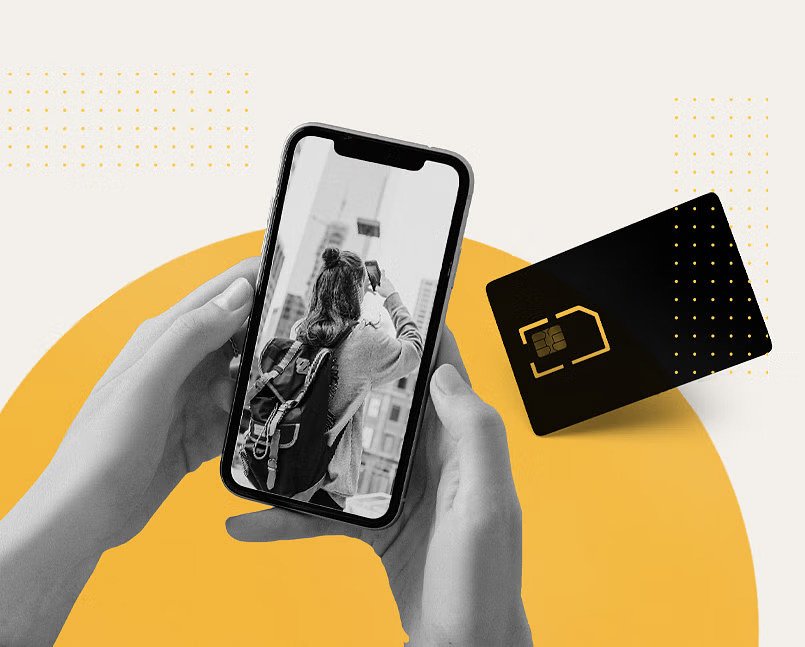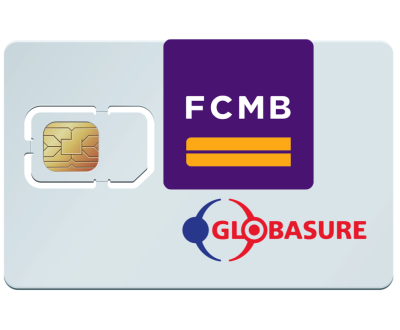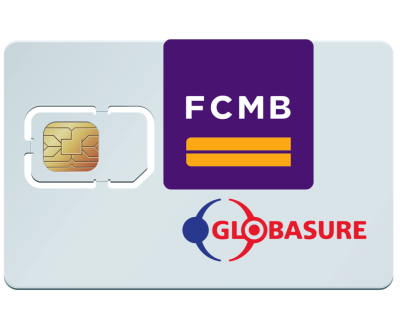Traveling abroad has become an integral part of our lives, whether for business or leisure. Staying connected while exploring new horizons is crucial, and two options stand out: using roaming SIMs provided by your home carrier or purchasing a local SIM card. In this post, we’ll dive into the pros and cons of each approach to help you make an informed decision on how to stay connected during your international adventures.

Roaming SIM vs. Local SIM: Navigating Connectivity Abroad
Roaming SIMs: Stay Connected with Familiarity
Pros:
- Convenience: Roaming SIMs allow you to use your familiar phone number and contacts, ensuring a seamless transition between your home country and your destination.
- Pre-Activated: Often, roaming SIMs are pre-activated by your home carrier, saving you the hassle of finding a local store and dealing with language barriers.
- Effortless Setup: There’s no need to swap SIM cards or modify your phone settings. Simply arrive at your destination and your device is ready to go.
Cons:
- Cost: Roaming charges can add up quickly. Data, call, and text rates may be significantly higher than local options, leading to unexpected expenses.
- Data Speeds: Roaming speeds may be slower than local networks due to agreements between carriers, impacting your online experience.
- Limited Control: Your home carrier determines your plan and charges, leaving you with limited control over cost management and customization.
Local SIM Cards: Immerse Yourself in Local Networks
Pros:
- Cost Savings: Local SIM cards generally offer more affordable data and call rates, allowing you to stay connected without breaking the bank.
- High-Speed Data: Enjoy faster data speeds on local networks, making it ideal for browsing, streaming, and sharing memories in real-time.
- Customization: Choose from various prepaid plans to match your data and call needs, giving you control over your connectivity expenses.
Cons:
- New Number: Using a local SIM means you’ll have a new phone number, which might be inconvenient for those trying to reach you.
- Setup and Language Barriers: Purchasing a local SIM may require navigating local stores and overcoming language barriers to understand plan options.
- Phone Compatibility: Ensure your phone is unlocked and compatible with the local carrier’s network bands before purchasing a local SIM.
Choosing the Right Option:
When deciding between a roaming SIM and a local SIM card, consider your usage patterns, budget, and preferences. If convenience and maintaining your familiar number are important, a roaming SIM might be suitable. However, if you’re seeking affordability and faster data speeds, a local SIM card can be a more cost-effective choice.
Remember, the optimal choice varies based on your travel destination and your specific communication needs. It’s a good idea to research your destination’s network coverage, available local carriers, and their offerings before you embark on your journey. By making an informed decision, you’ll ensure you’re staying connected in the most efficient and economical way possible while exploring the world.
More from our blog
See all postsRecent Posts
All Website Tags
Leave a Comment cancel
This site uses Akismet to reduce spam. Learn how your comment data is processed.








 WhatsApp us
WhatsApp us